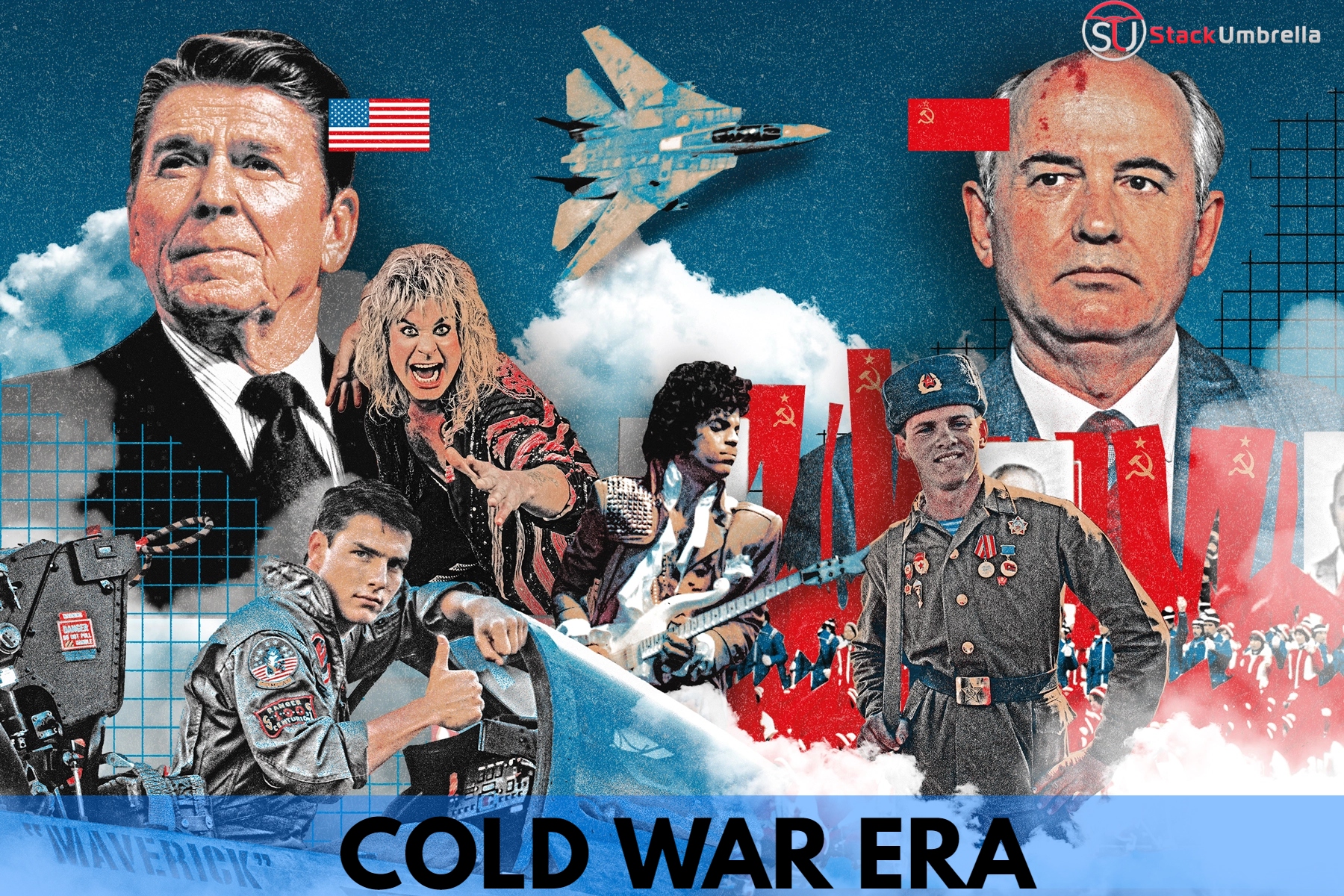Cold War: April 1961, a period when the leaders of the Union of Soviet Socialist Republics ( USSR) were concerned that the United States of America would invade communist-ruled Cuba and overthrow its president, Fidel Castro.
Cuba was a supporter of the Soviet Union and received both financial and diplomatic aid from the Soviet Union. The then-leader of the Soviet Union, Nikita Khrushchev, decided to make Cuba as Russia’s base.
In 1992, Nikita Khrushchev placed a nuclear missile in Cuba. The Americans became aware of it. John F. Kennedy, the USA President, was hesitant to do anything which could lead to full-scale nuclear war.

Credit-Google
Kennedy was determined to remove the missiles and nuclear weapons from Cuba. This gave emergence to the clash between USA and USSR. The clash came to be known as the Cuban Missile. The Cuban Missile Crisis was the central reason for the Cold War.
Also Read : Indian Economic Development (1950-1990) : How Indian Economy Progressed After Independence
What was Cold War Exactly?

Credit-Google
The Cold War was more of a competition between the two superpowers USA and the USSR. Fortunately, it never got escalated into a full-scale war. There was an ideological difference between the USA and the USSR.
The Western alliance which was headed by the USA represented capitalist ideology while the Eastern alliance, headed by the USSR followed the socialistic ideology.
Also Read : Explained : Challenges of Nation Building After India Got Independence
Two Power Blocs

Credit-Google, EduMple
The world was sharply divided between the two power blocs, that is, the USA and the USSR. The USA and the Soviet Union were linked to their respective allies. The smaller States used to link to these two superpowers for their benefits and purposes. These smaller states got the promise of financial aid, weapons, and protection. Countries of Western Europe sided with the US and eastern Europe was with the Soviet Union. That’s why the two alliances were called the Eastern and the Western alliances.
- The organization formed by the western alliance was known as the North Atlantic Treaty Organization (NATO). NATO came into existence in April 1949.
- The eastern alliance was known as the Warsaw Pact, led by the Soviet Union. It was formed in 1955.
Non-Aligned Movement

Credit-Google
Cold War: Countries outside the two superpower blocs, known as the non-aligned countries played a crucial role in reducing the Cold War conflicts. Jawaharlal Nehru was one of the key leaders of the Non-Aligned Movement.
The three leaders – India’s Jawaharlal Nehru, Yugoslavia’s leader Josip Broz and Egypt’s leader Gamal Abdel Naseer held a meeting in 1956. Sukarno, leader of Indonesia and Ghana’s chief Kwame Nkrumah strongly supported the above three leaders. These five leaders were the founders of NAM.
The first Non-Aligned summit was held in 1961 in Belgrade and was attended by 25 member states. Non-Alignment Movement grew into a popular International movement.
New International Economic Order
Most of the non-aligned countries were the Least Developed Countries (LDCs). Economic Development was necessary for the independence of the new countries. Without economic development and growth, these countries would have not been truly free. Therefore, the idea of a New International Economic Order (NIEO) originated.
The United Nations Conference on Trade and Development (UNCTAD) put forth a report, entitled “Towards a New Trade Policy for Development”. This report was submitted in 1972. The report proposed reform in the global trading system. The proposals were:-
- Give LDC control over their natural resources which were earlier exploited by the developed Western countries.
- Obtain access to LDCs in Western markets so that they could sell their products without any kind of restrictions
- Reduce the costs of technology acquisition from Western countries.
- Provide a greater role to LDCs in International economic institutions
- Gradually, NAM became an economic pressure group.
India and the Cold War

Credit-Google
India’s stand on the ongoing Cold War was two-fold
- To stay away from the two alliances
- To raise a voice against the newly independent country to join any of these alliances.
Jawaharlal Nehru’s non-aligned stance helped India in two ways
- First, it allowed India to take International decisions for itself that served its interests.
- Second, India could keep the balance between both superpowers. If India felt unduly pressured by one superpower then it could tilt towards the other. Neither of the alliance systems could take India for granted.
In the context of the Cold War, NAM contained some essence. It came out as the core of India’s effective foreign policy. NAM also encouraged the newly decolonized countries to pursue their independent foreign and geo-economic policy.
Also Read : 10 Facts About Vishwas Swaroopam Statue Every Shiv Bhakt Must Know



